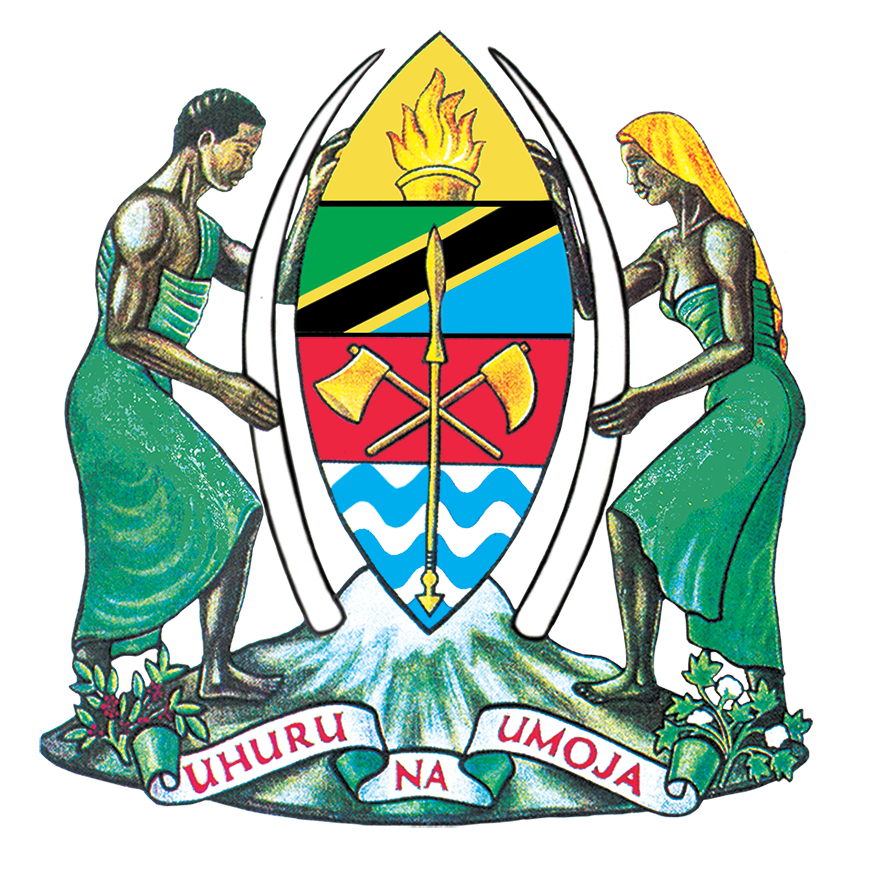Reliance Pathways
Regulatory reliance is a principle whereby one regulatory authority considers and gives significant weight to the scientific assessments, decisions, or inspection outcomes performed by another trusted regulatory authority when making its own regulatory decisions. This approach is promoted by the World Health Organization (WHO) as a strategy to optimise the use of limited regulatory resources, avoid duplication of work, and facilitate faster access to quality, safe, and effective medical products.
Objectives of Reliance Pathways
- Enhance efficiency by reducing duplication of regulatory assessments and inspections.
- Facilitate timely access to quality-assured, safe, and effective medicines for patients.
- Promote regulatory convergence by aligning national processes with internationally recognised standards (e.g., ICH, WHO).
- Strengthen capacity of national regulatory authorities through learning and reliance on trusted reference authorities.
- Build trust and cooperation between national, regional, and global regulatory agencies.
- Optimize use of resources by focusing national efforts on context-specific issues such as local pharmacovigilance, labelling, and post-marketing surveillance.
Reliance-based evaluation pathways Employed by TMDA and key principles for reliance-based evaluation
The Authority employs a risk-based approach through reliance pathways in marketing authorization of human medicinal products to accelerate the approval process. The reliance-based evaluation pathways are grouped into four major categories as prescribed below: -
Abridged review:
Abridged review focuses on the medicinal product with adequate evidence that indicates the product underwent vigorous review of the quality, safety and efficacy and the granted positive outcome by RRA or other recognized organizations. TMDA will perform a shortened review on the key information/data, including but not limited to manufacturing, specifications, analytical methods, batch analysis, stability, bioequivalence/biowaiver information, regional administrative information, product information and labelling (module 1) to establish the authenticity and reliability of the submitted data.
Verification of the Sameness:
A streamlined review based primarily on verifying, instead of evaluating, information submitted in the application against information already approved by TMDA or an RRA. Note that an unredacted assessment report is required for verification purposes. The applicant should confirm that the application submitted to TMDA is essentially the same information as that accepted in the Recognized Regulatory Authority, considering any potential specific country requirements, which include but are not limited to stability zone and labelling requirements. The applicant should highlight any new information about the product acquired since the application was submitted to the RRA, with the corresponding assessment.
Recognition:
The Authority may use reliance through recognition of the other regulatory decision to expedite the approval of marketing authorization of the medicinal products. TMDA may be engaged in unilateral and mutual recognition with recognized regulatory authorities and organizations, inter alia AMA, EMA, WHO/ML4 and WLA. The recognition shall be guided by formal agreements between the Parties.
Work-sharing:
TMDA shall implement work sharing through continental and regional harmonization initiatives for the assessment of medicinal products. The Authority participates in harmonization initiatives through AMA, EAC-MRH, SADC-MRH, WHO and SwissMedic. These initiatives provide a platform for joint review of medicinal products dossiers and the exchange of information, which ultimately a common decision across the participating NRAs.
For more information, please refer to the Guidelines on Regulatory Reliance for Marketing Authorization of Human Medicinal Products, July, 2025.

